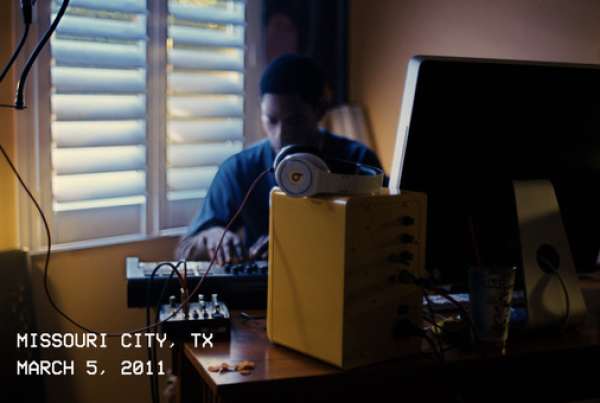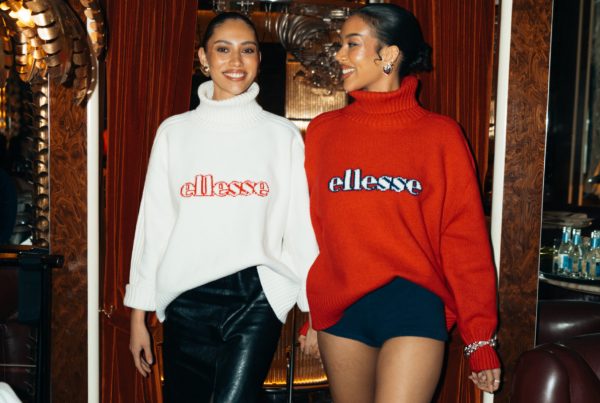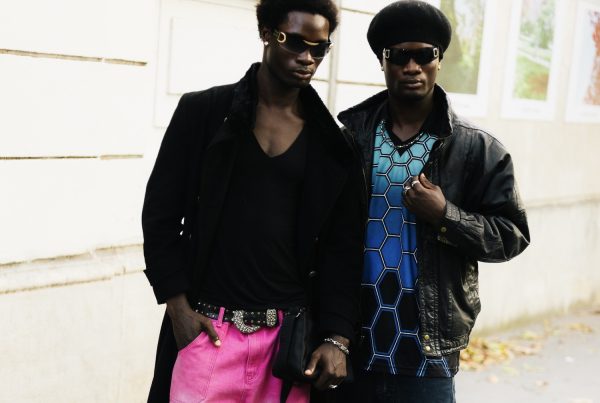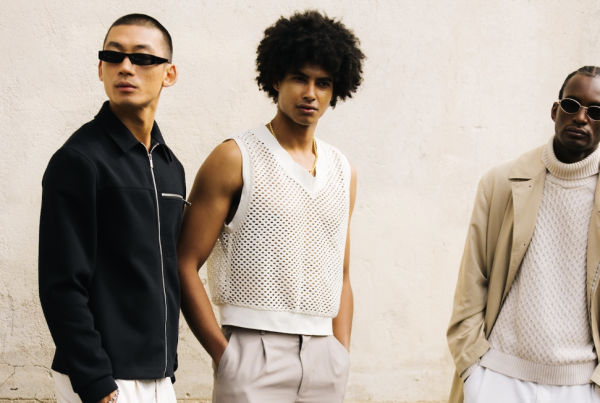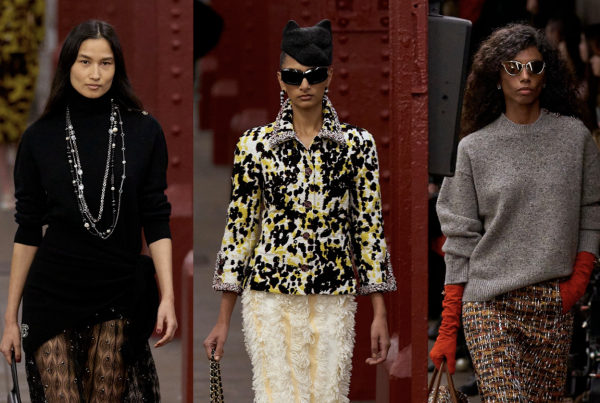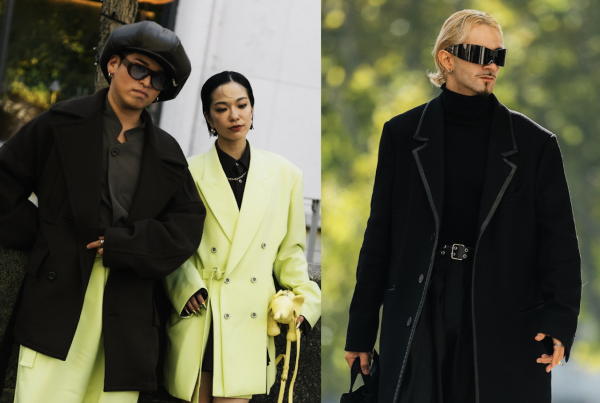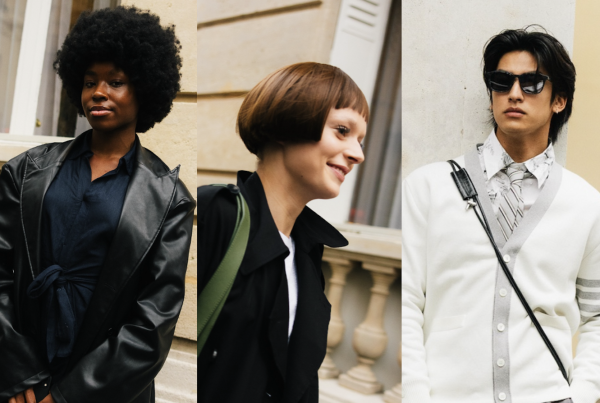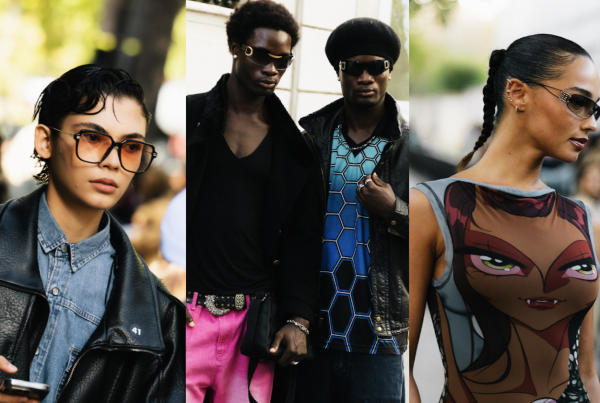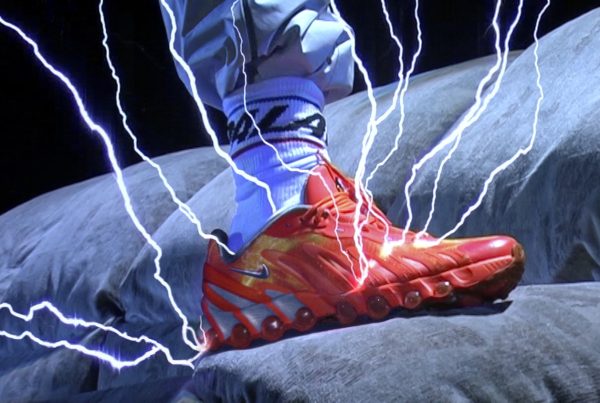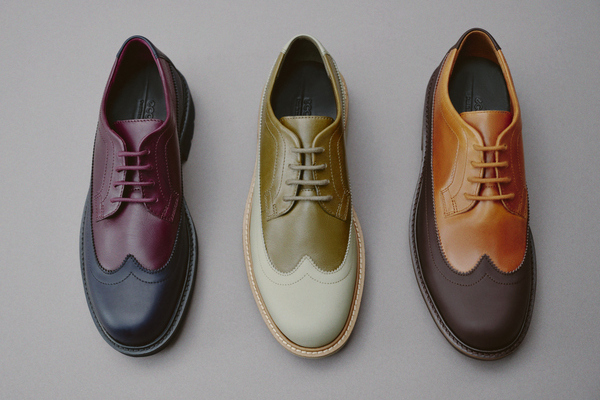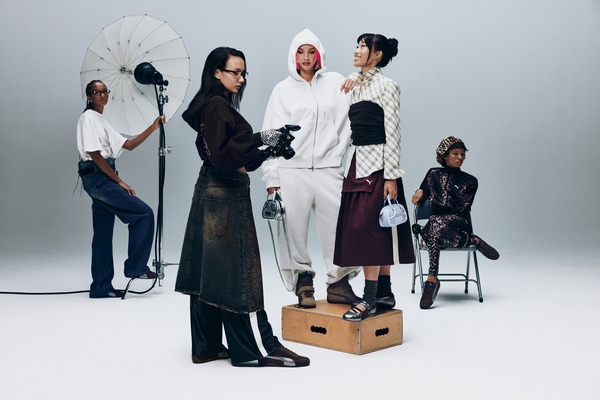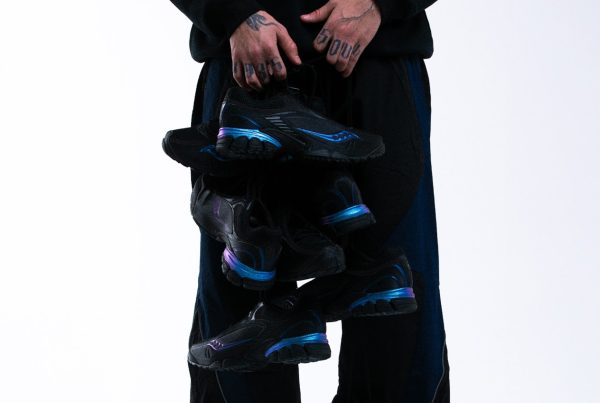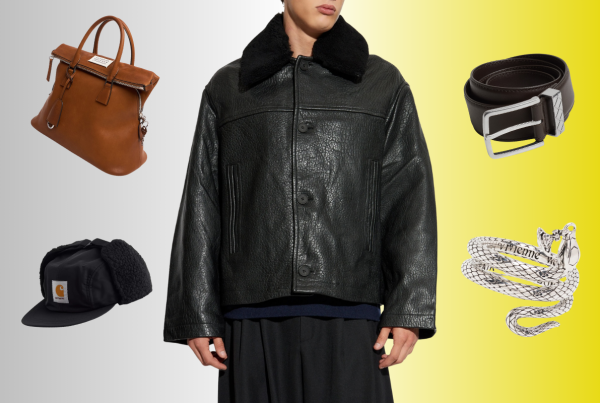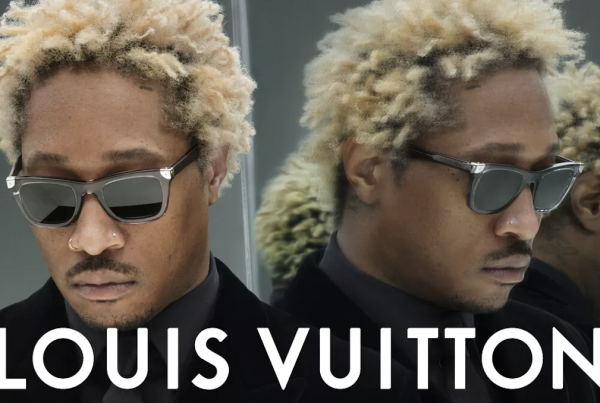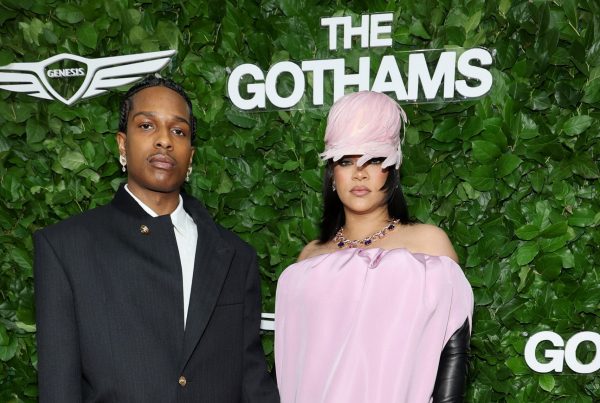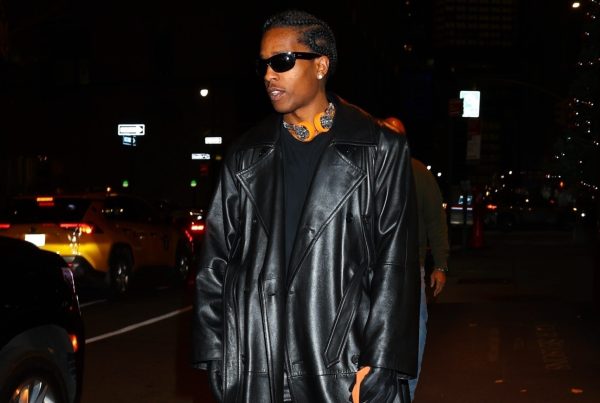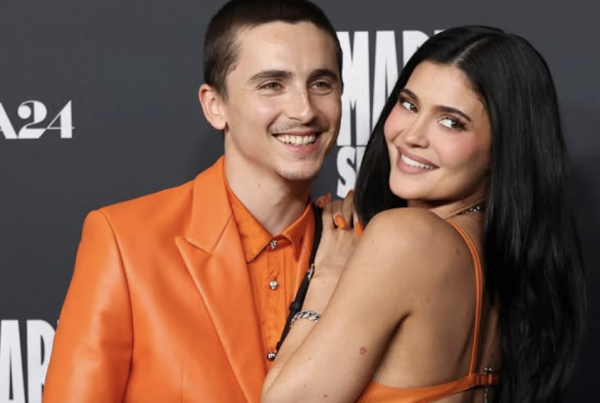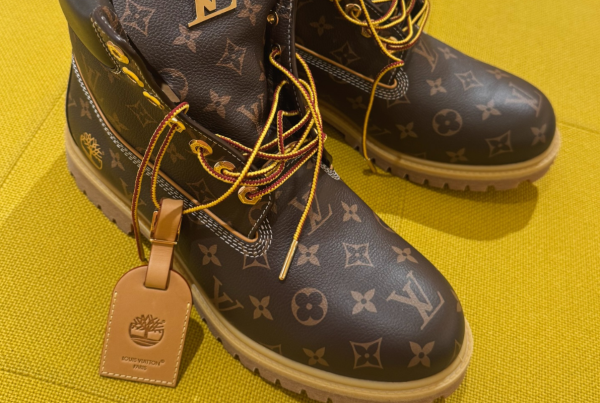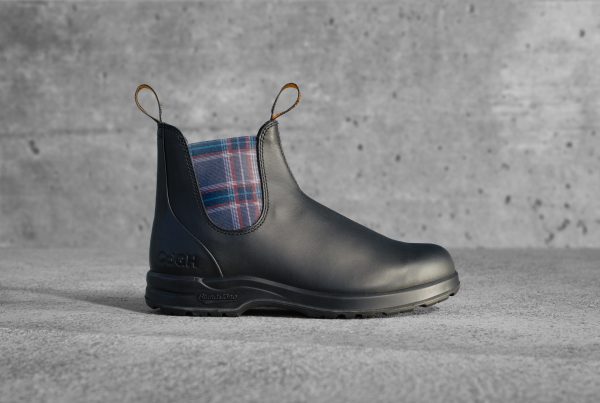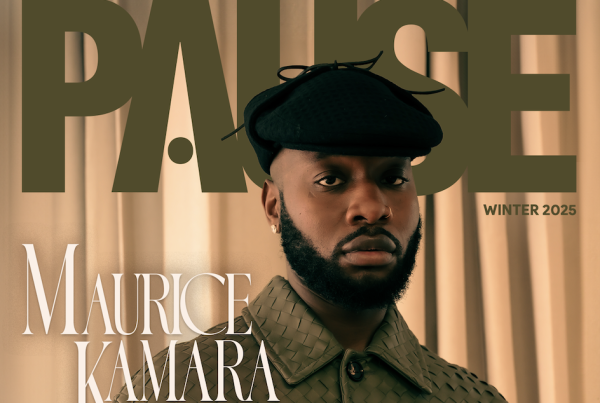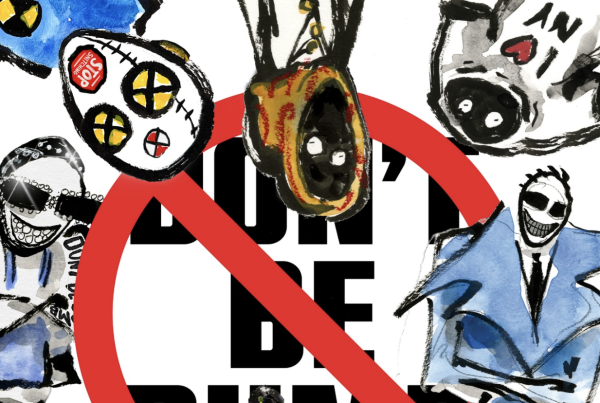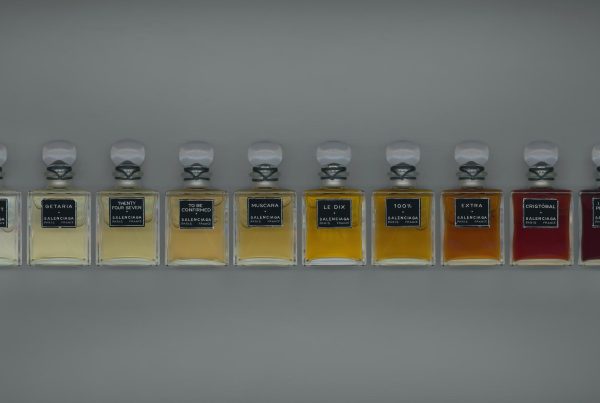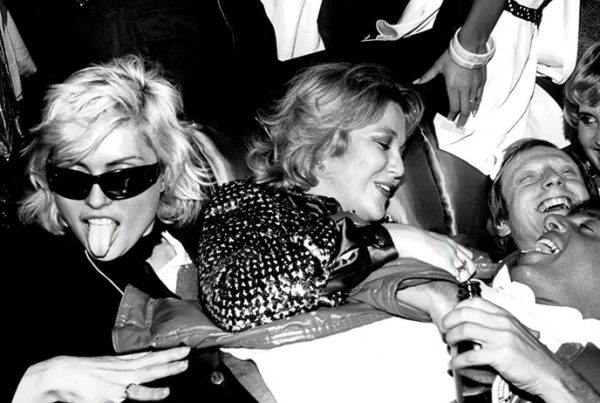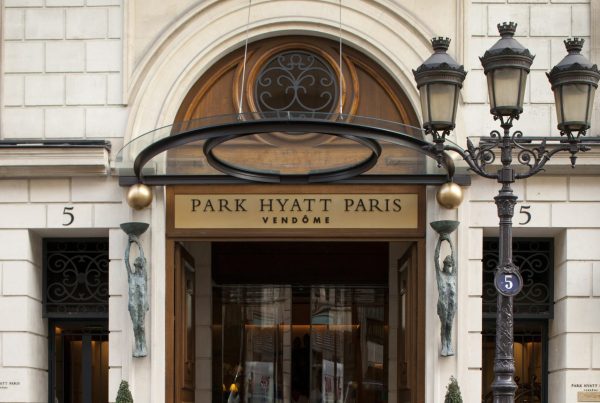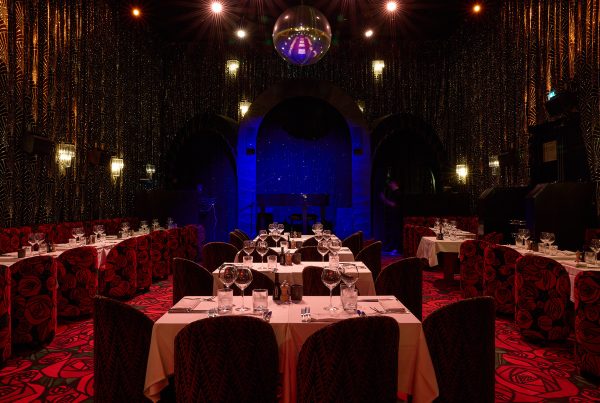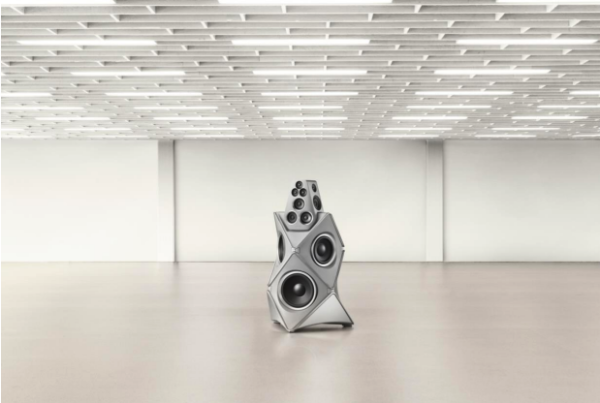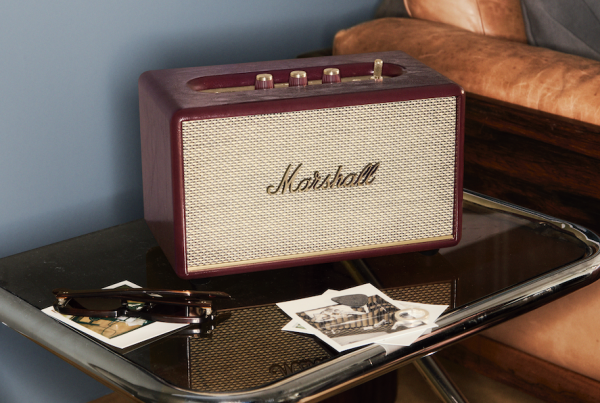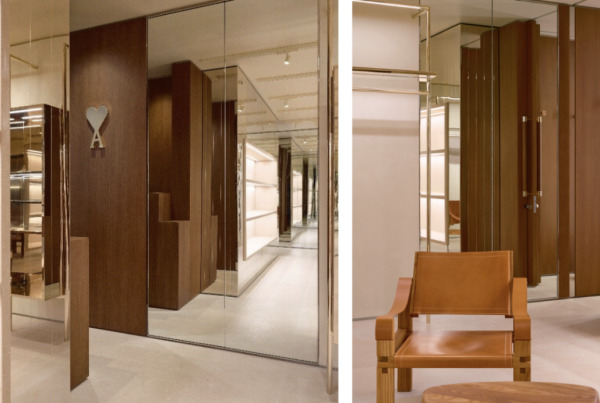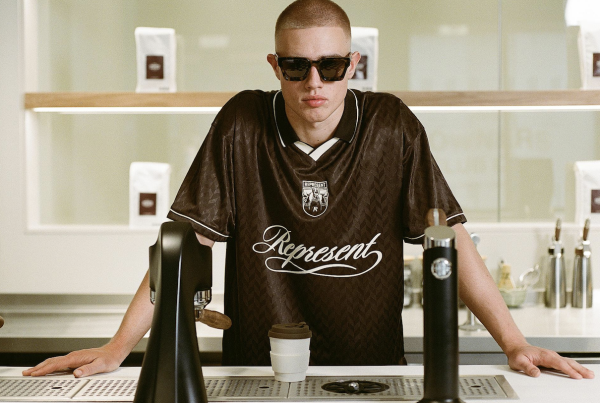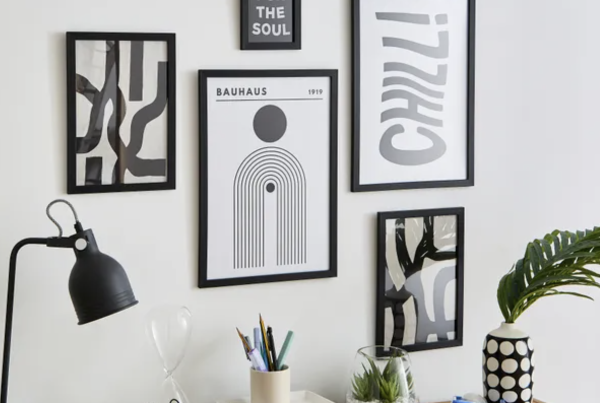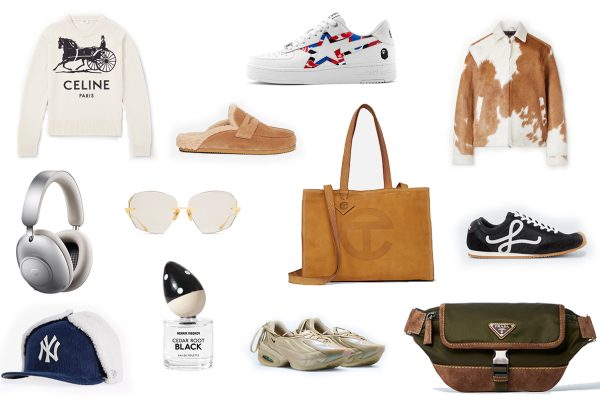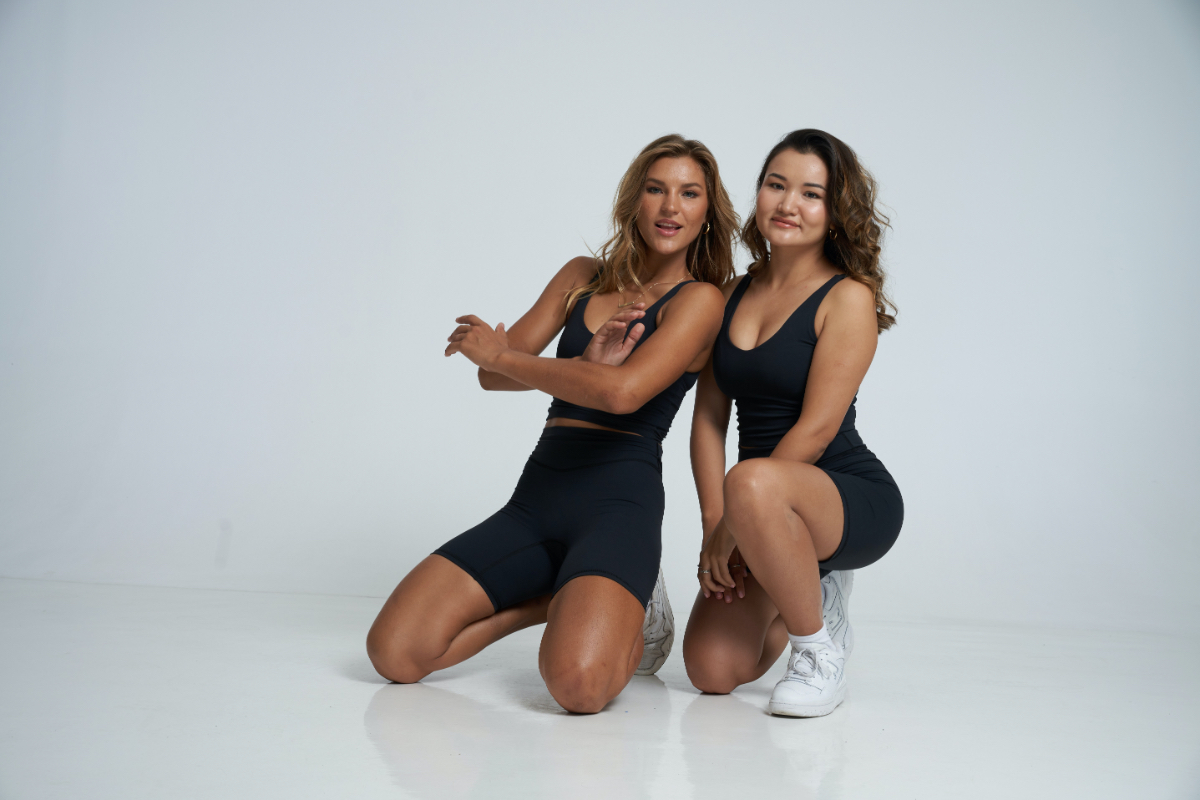
In the world of fashion, where trends evolve and relationships unfold, sometimes disputes are escalated from the catwalk to the courtroom. These legal battles have the power to redefine the industry’s landscape. From trademark tussles to director disqualification, the fashion realm has witnessed its share of influential legal clashes that continue to shape its course.
In this article, we’ll be exploring some of the most major legal battles that have taken place in the fashion industry.
Christian Louboutin
In 2018, shoe designer Christian Louboutin achieved victory in a prolonged legal battle. The court ruled that other shoe brands couldn’t imitate Louboutin’s iconic red sole, a distinctive feature on all their shoes. This dispute emerged when some less exclusive brands copied the red sole. To protect this unique design element, Louboutin engaged in a lengthy trademark battle. The legal focus was on European trademark law, which prohibits registering shapes that significantly enhance a product’s value. However, the verdict determined that Louboutin sought to safeguard the colour applied to a specific part of the shape, not the shape itself. Thus, the Paris-founded shoe brand secured the right to trademark the red sole. This decision prevents other brands from replicating or potentially counterfeiting this defining feature.
Forever 21
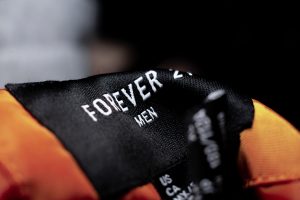
The fashion brand Forever 21 has encountered conflicts with several industry giants, seemingly embracing the resulting media spotlight. Notably, Forever 21 has engaged in legal disputes with renowned entities like Gucci, Puma, and Rihanna’s Fenty label. Gucci accused Forever 21 of purposefully imitating their iconic striped jacket, a pivotal aspect of the brand’s identity. A spokesperson denounced Forever 21’s actions as “reprehensible exploitation and a clear infringement of trademarks”.
Dior
Between 1996 and 2011, fashion designer John Galliano and the prominent brand Dior formed a seemingly perfect partnership. However, their collaboration took a distressing turn in Paris when Galliano, intoxicated at a bistro, made anti-Semitic remarks. Dior swiftly distanced itself from Galliano and dismissed him from his role as Creative Director. Galliano, however, resisted silently. Amid media interviews, he even sued Dior for unjust termination, seeking compensation ranging from 2.4 to 13 million Euros. His argument centered on Dior’s alleged negligence in dismissing him, citing his mental health struggles and Valium dependence. He stated in court that the brand’s success came at the steep cost of his well-being. However, his plea didn’t persuade the court, leading to the rejection of his damages claim.
Alexander McQueen

Renowned as one of Britain’s beloved designers, Alexander McQueen didn’t count Hell’s Angels among his fans. Back in 2010, the iconic biker group, comprising over 6000 members worldwide, filed a lawsuit against the fashion brand. They alleged that McQueen’s designs incorporated the Hell’s Angels name and their trademarked ‘death head’ skull logo. Initially, Alexander McQueen disputed the claim by stating that “the world is full of skulls.” However, the brand eventually agreed to discontinue using these elements in its designs and to remove existing merchandise from stores.
Counterfeit
In 2020, it was disclosed that consumers in Britain were spending an astonishing £3.2 billion on counterfeit designer products, often unaware that they were purchasing fakes. Besides impacting fashion brands’ profits significantly, the proceeds from counterfeit sales often fuel other criminal activities. Consequently, most clothing companies maintain dedicated departments to detect and pursue counterfeiters. Recently, several clothing brands, including Chanel, have taken legal measures against online giant, Amazon to combat the sale of counterfeit clothing and products.
Legal Disputes in the Fashion World
Within the fiercely competitive fashion world, where substantial sums and strong egos collide, legal battles are a constant presence. As this article highlights, fashion houses spare no expense in safeguarding their assets, often investing millions to do so. The allure of fashion’s influence and the need to maintain brand integrity drive these costly efforts.

